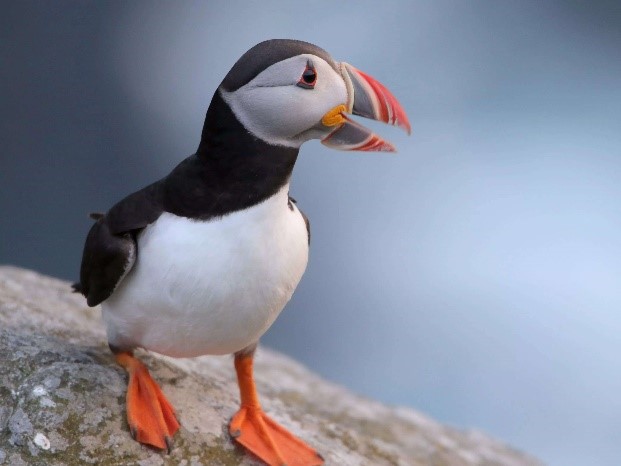Free Courses Sale ends Soon, Get It Now


Free Courses Sale ends Soon, Get It Now



Disclaimer: Copyright infringement not intended.
Context
Findings of the Study
Implications of decreased Genetic Diversity
Divergence of subspecies in case of Arctic Puffins
Significance of the study
Genetic Hybridization
|
PRACTICE QUESTION Q. Consider the following statements: 1.Hybridization can increase fitness through heterosis, or reduce fitness through outbreeding depression. 2.Hybridization contributes to the decline and extinction of species through loss of reproductive potential and reduced population growth. 3.Decreased genetic diversity can increase birth rates. How many of the above statements are correct? A) Only 1 B) Only 2 C) All 3 D) None Answer: B) Only 2 Statement 3 is incorrect. |
© 2024 iasgyan. All right reserved